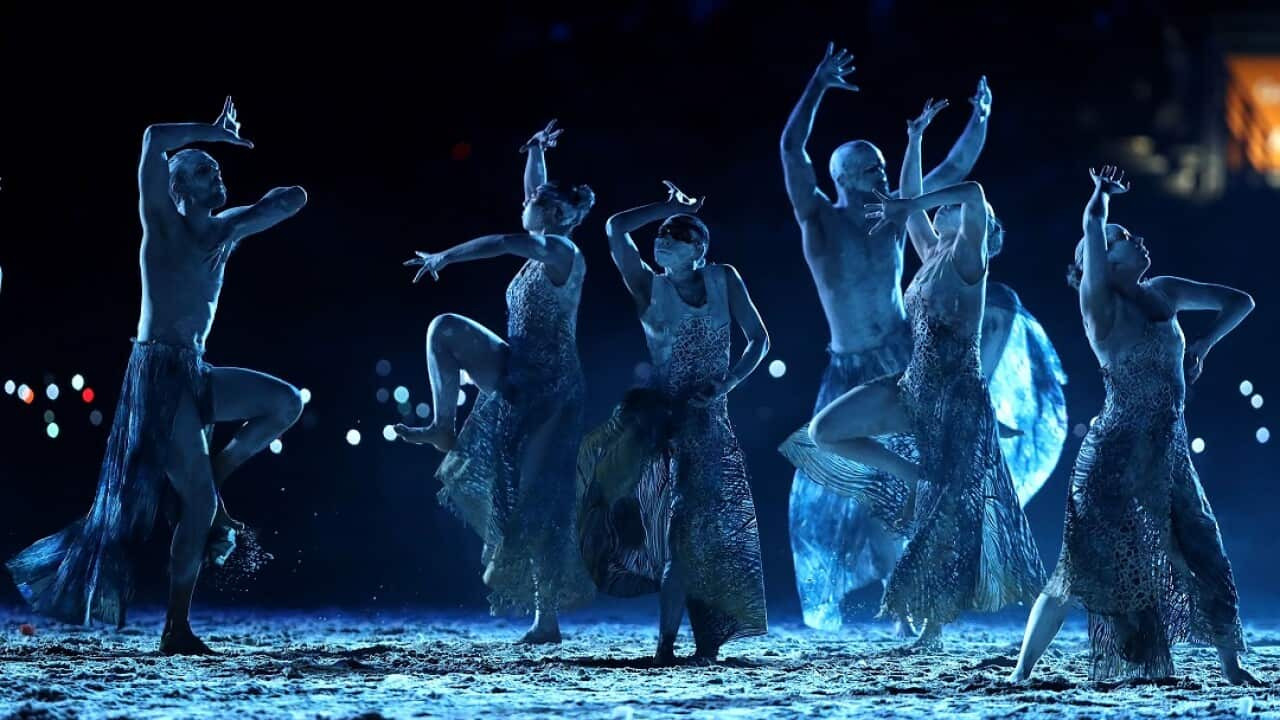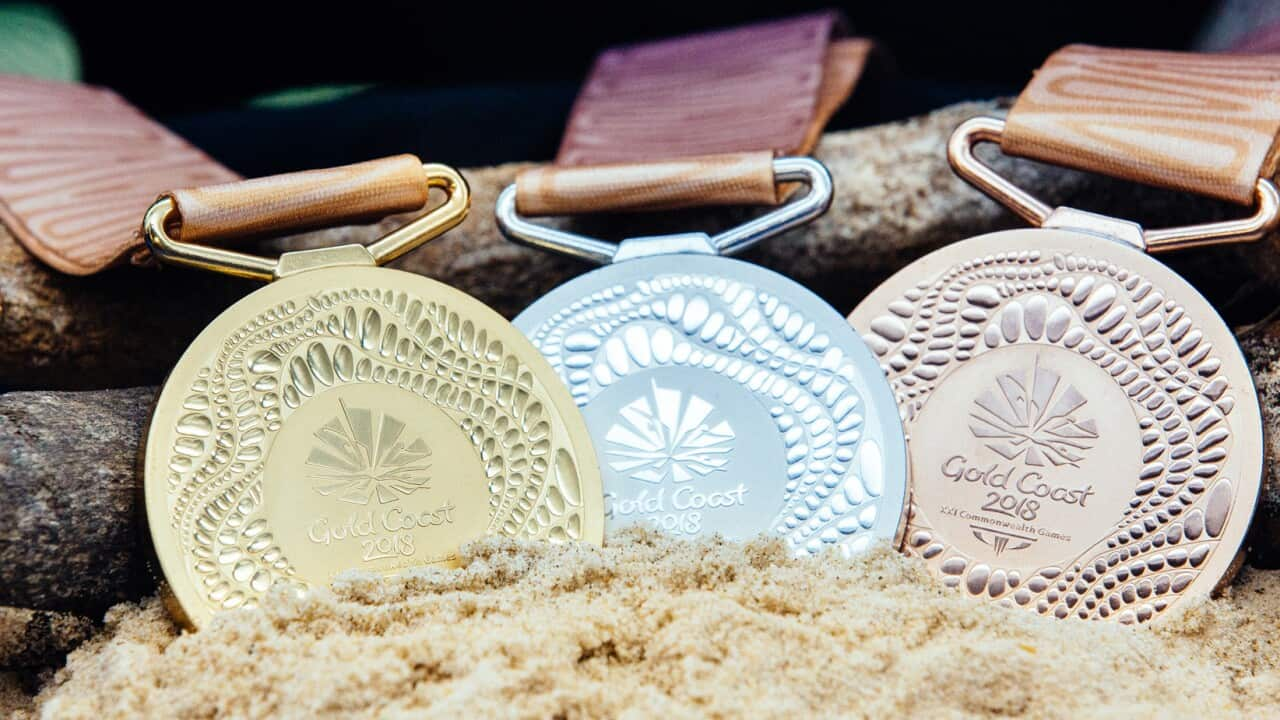The Commonwealth Games opening ceremony sought to present Australian history as a seamless 65,000-year progression into a modern, welcoming nation. But at the same time there was a protest outside the stadium, organised by the against the “Stolenwealth” accumulated violently by the Commonwealth from Indigenous peoples, and a demand more broadly for social justice.
The juxtaposition of these two events, especially set against the increased debate in recent years over the marking of Australia’s national day on January 26, leaves me with a jarring feeling perfectly described by the as “the torment of our powerlessness”.
There remains a gaping chasm between the use and representation of Indigenous people and culture such as the Commonwealth Games opening ceremony, and the reality of Indigenous lives.
This chasm is repeatedly widened by non-Indigenous practices and attitudes that inform the Stolenwealth protests and demands for justice, such as the and .
Indigenous people have had to fight hard for the respect, recognition and opportunity that is now available. These developments have not simply been handed over by a benevolent Australia, however, and they remain tightly controlled and often denied.
Events like the Commonwealth Games opening ceremony present history as a simplistic story of progress and reconciliation. Australia was once bad but we are now good; we have extended rights and we recognise Indigenous culture.
These events, and this narrative, are used to legitimise a society and government through reconciliation and recognition, a redemptive moment of celebration. But real and substantial reform remains unrealised.
Chris Healy excellently addresses this process throughout Australian history in his book . Importantly, the national narrative has been marked by moments of forgetting and erasure in the remembrance and creation of national memories.
The denial of Indigenous existence in the service of the assurance of non-Indigenous claims to the land now known as Australia, while simultaneously using and benefiting from Indigenous knowledge, culture and people, has a long and continuing history.
One example is the . The committee described Aboriginal peoples in New Holland as:
…the most degraded of the human race … the barbarous state of these people, and so entirely destitute are they even of the rudest forms of civil polity, that their claims, whether as sovereigns or proprietors of the soil, have been utterly disregarded.
Then there is the important Privy Council case in 1889 of , where in determining the authority of the Crown, and the applicability of English law to the colony of New South Wales, Lord Watson erased Indigenous presence by proclaiming that, "There is a great difference between the case of a Colony acquired by conquest or cession, in which there is an established system of law, and that of a Colony which consisted of a tract of territory practically unoccupied, without settled inhabitants or settled law, at the time when it was peacefully annexed to the British dominions. The Colony of New South Wales belongs to the latter class."
All the while, Indigenous were used to open land for settlers and to develop entire schools of thought. Tropes of Indigenous culture – boomerangs, didgeridoos and stereotypical figures of Indigenous people – were produced as symbols of a national culture, not as Indigenous representations themselves.
Indigenous existence, provable through the difficult process of native title, remains subordinate to the Crown’s claim.
The High Court Case overturned the ignorance of Cooper v Stuart. But it did so through a process of inclusion that meant the fundamental claim to Crown sovereignty could not be questioned.
Indigenous existence, provable through the difficult process of native title, remains subordinate to the Crown’s claim. This is highlighted by the fact that the law enshrines the possibility that native title can be extinguished.
Mabo, just like the Indigenous culture presented at the Commonwealth Games opening ceremony, should be celebrated and recognised.
But the dwindling of native title rights and Indigenous presence since the Mabo decision should be addressed on the main stage too, as well as in the protest led by the Warriors of the Aboriginal Resistance.
Mabo, just like the Indigenous culture presented at the Commonwealth Games opening ceremony, should be celebrated and recognised. But the dwindling of native title rights and Indigenous presence since the Mabo decision should be addressed on the main stage too, as well as in the protest led by the Warriors of the Aboriginal Resistance
Those taking part in the official ceremony should not be considered to have been duped, any more than those protesting should be viewed as fringe radicals. These are different representations of Indigeneity.
Against the backdrop of the reality of our sovereign existence and the lived experiences of our different lives, however, they are another stark reminder of the position of powerlessness of Indigenous peoples.
Despite significant change and inclusion, the fundamental structures and institutions of the Australian state that govern and effect the relations between peoples remain unchanged. Our claims are disregarded and actively erased by celebratory events such as the Commonwealth Games opening ceremony. The fact that we, as a nation, as a government and as politicians, know this history makes the continued denials, refusals and attempted erasures (such as the official response to the Uluru Statement from the Heart) that much more insidiously obstinate.
The fact that we, as a nation, as a government and as politicians, know this history makes the continued denials, refusals and attempted erasures (such as the official response to the Uluru Statement from the Heart) that much more insidiously obstinate.
, Academic, Learning Assistance Officer, GUMURRII Student Support Unit, Griffith Law School,











